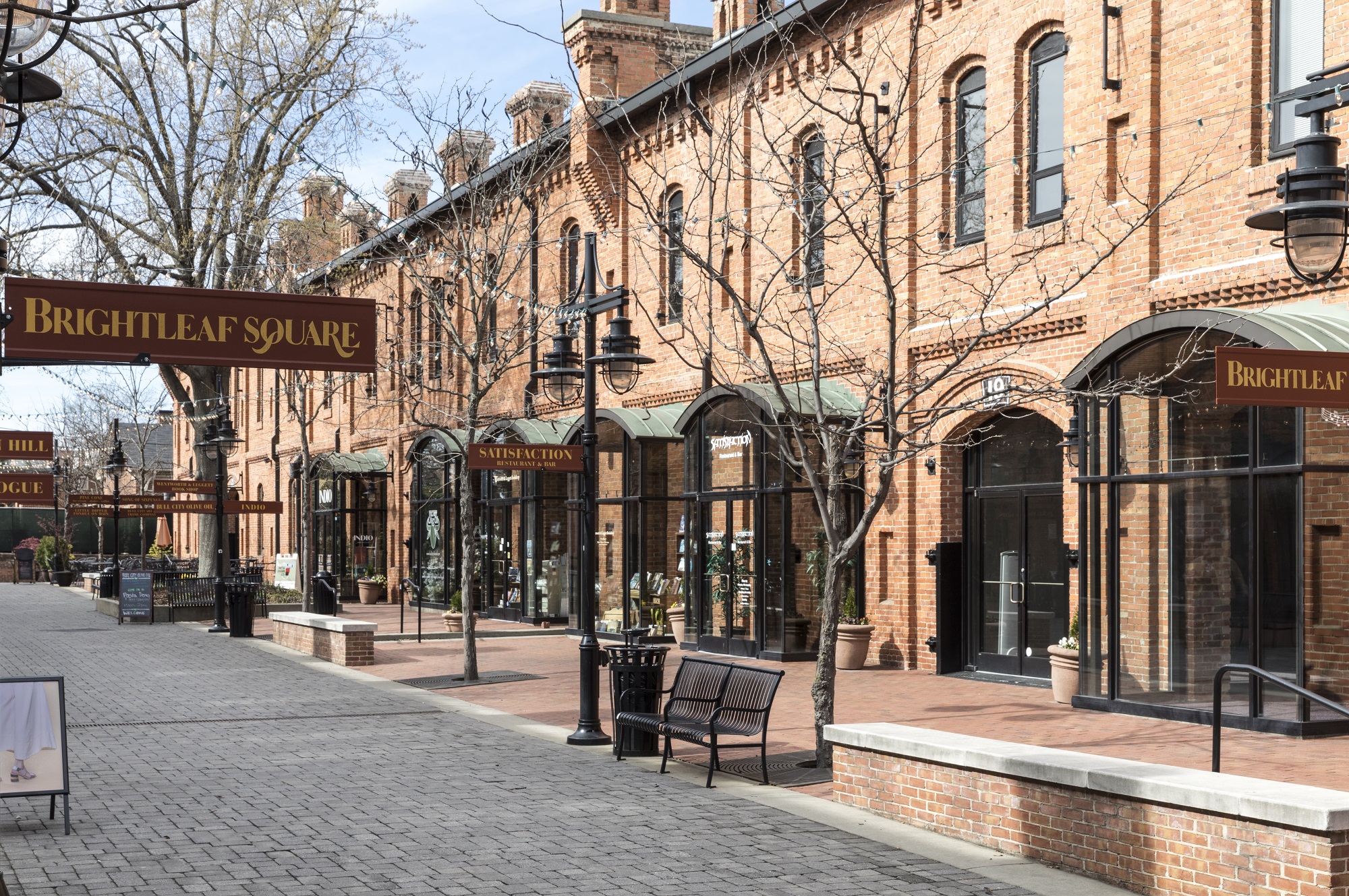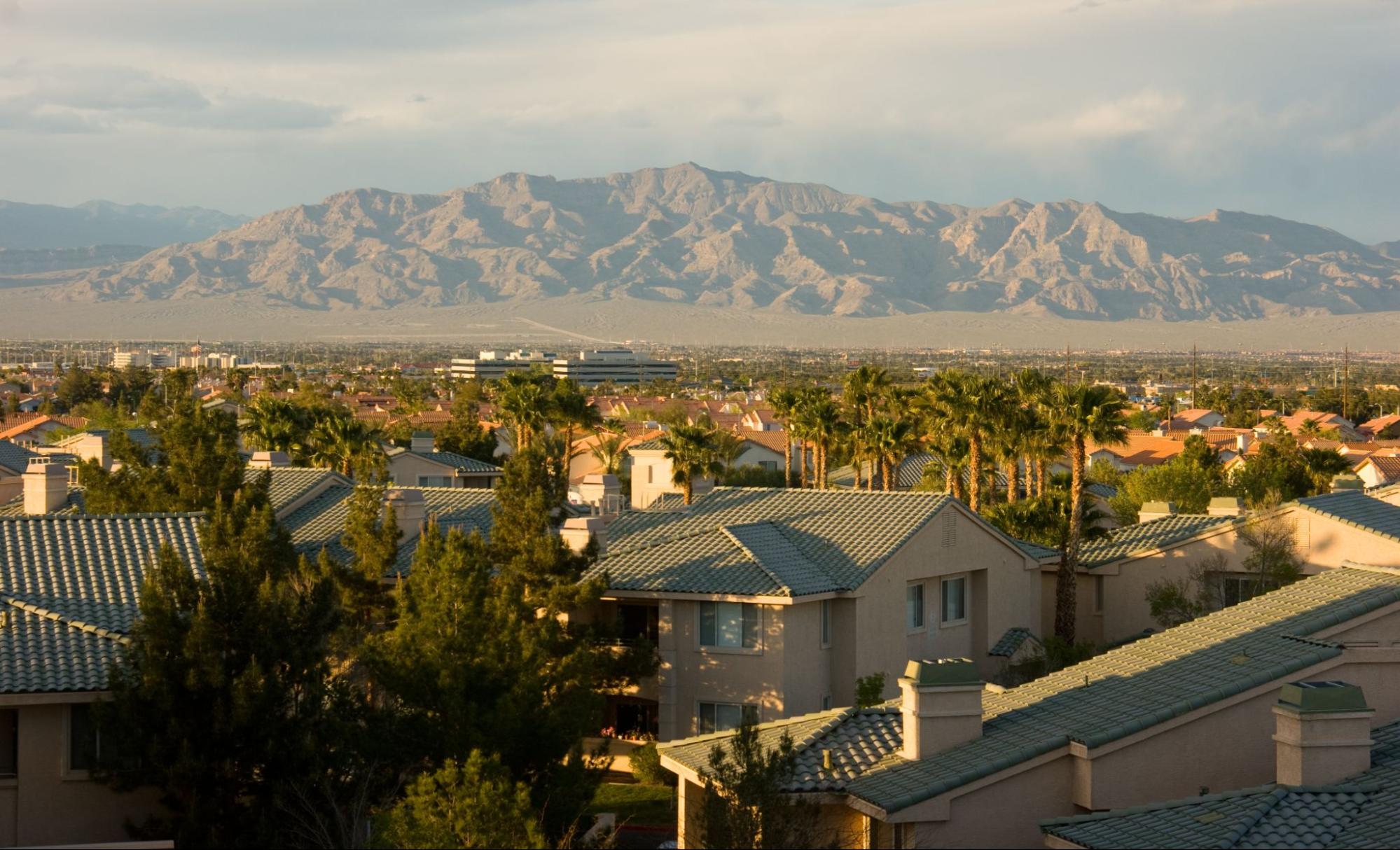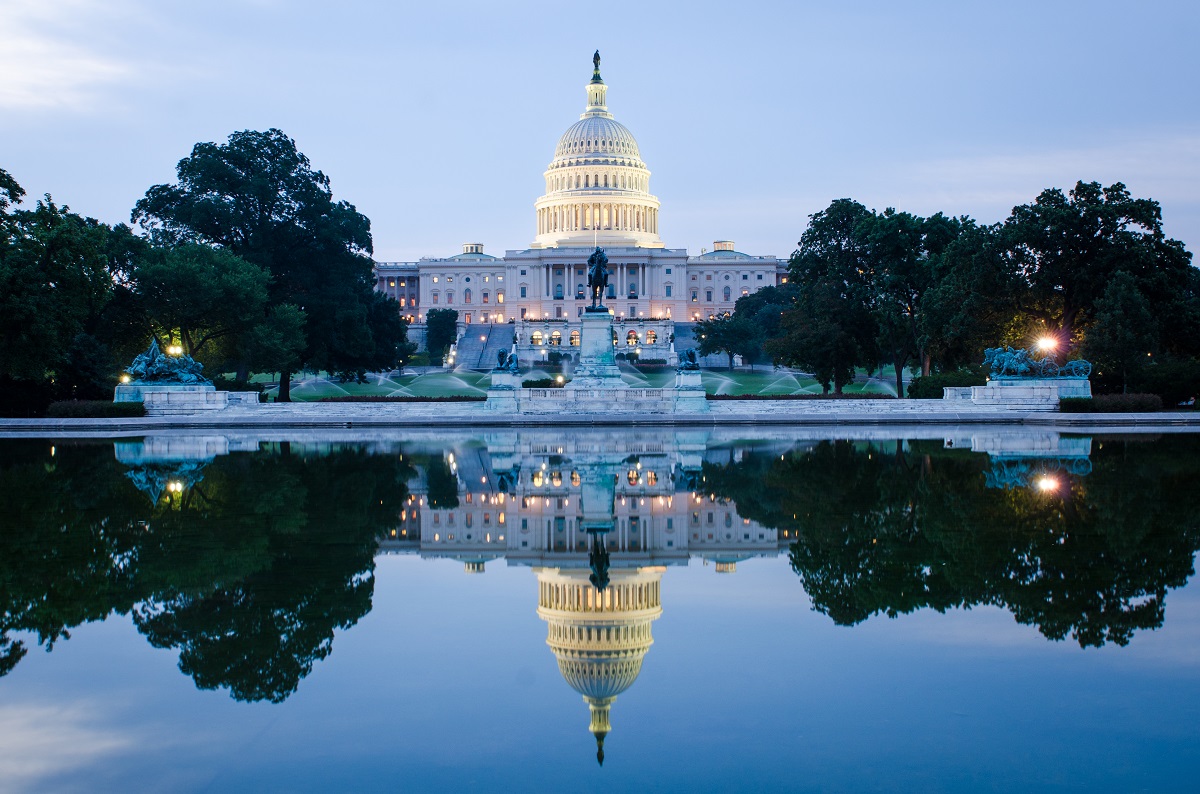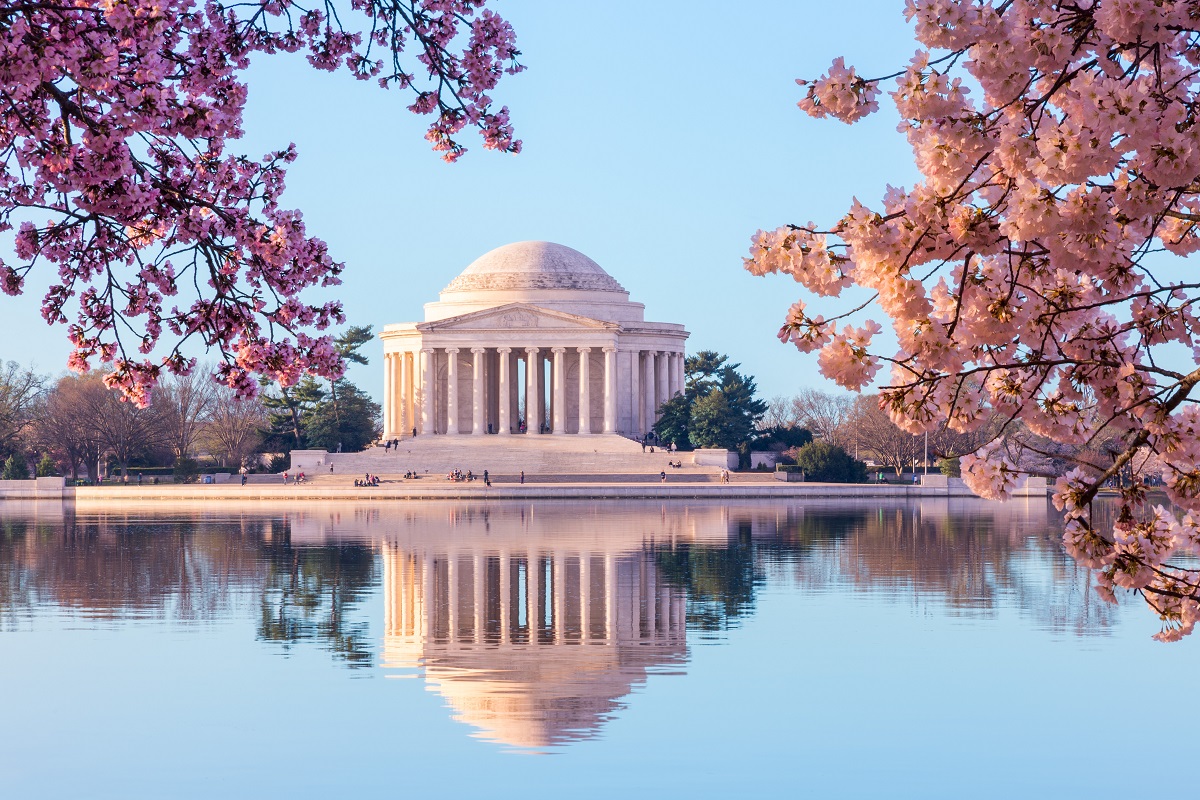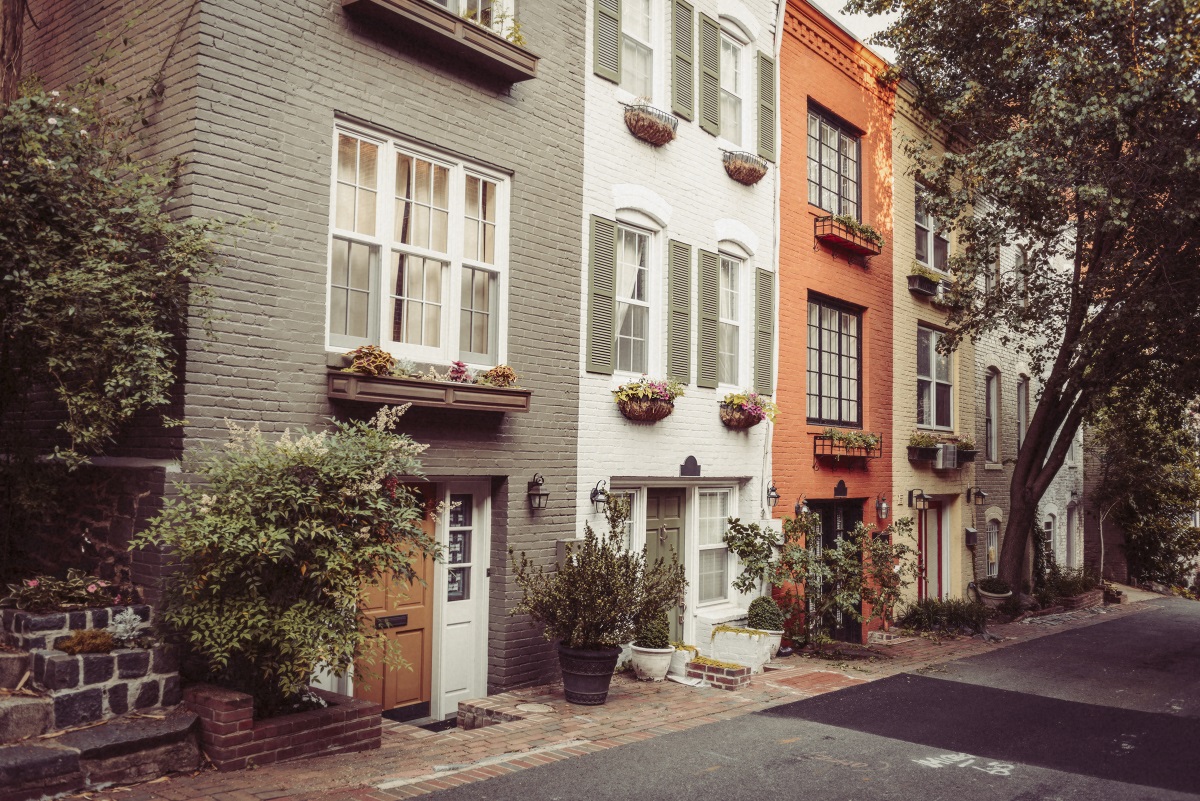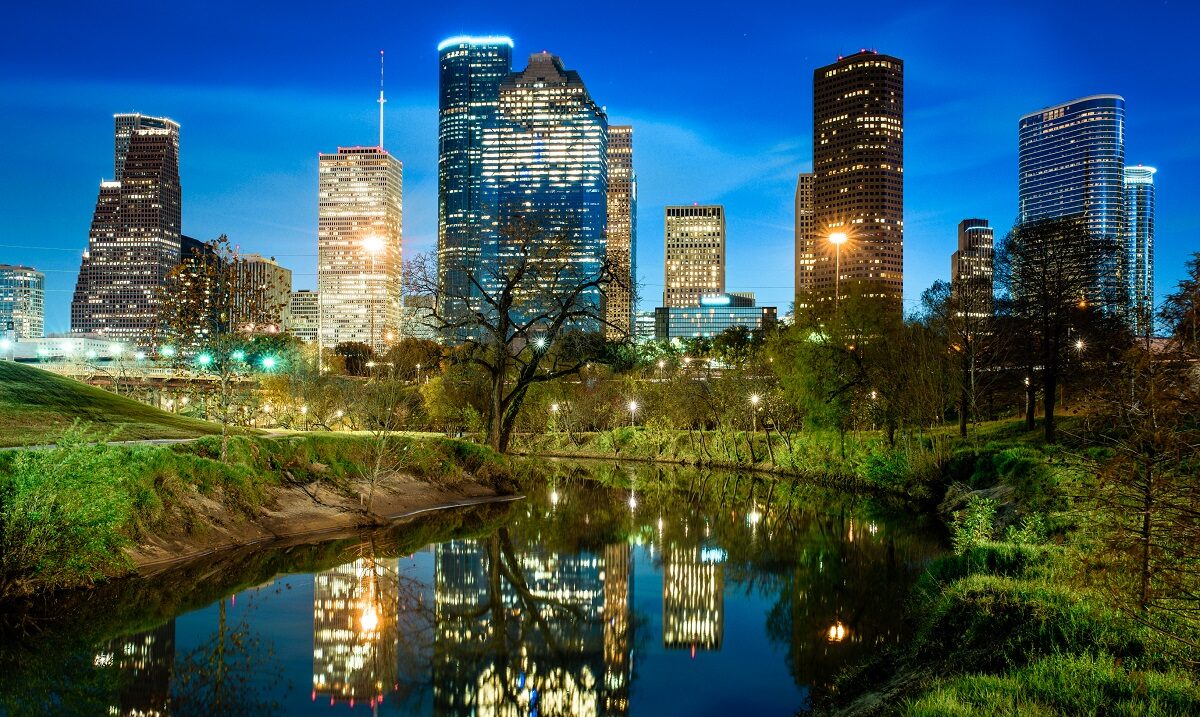
What Is the Cost of Living in Washington, D.C.?
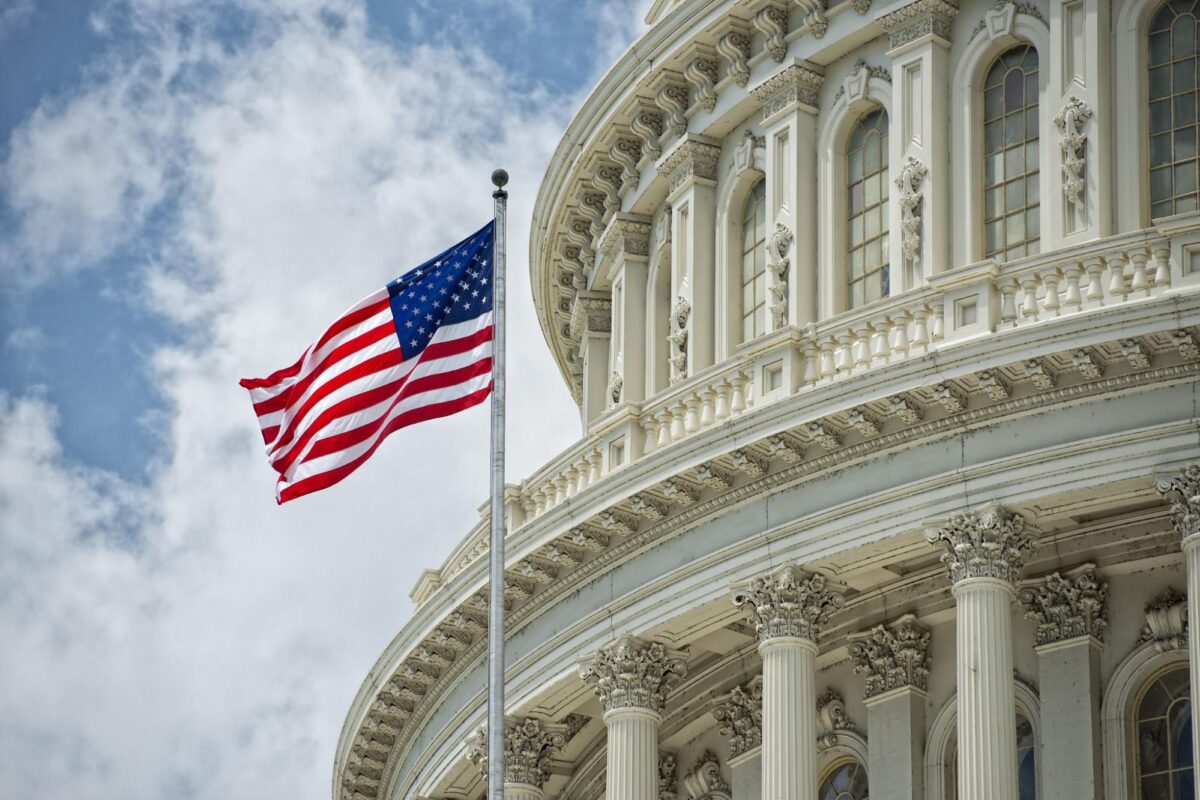
Washington, D.C., might be small compared to other major U.S. cities, but as the nation’s capital, it exudes importance. Also known as the District, this metropolis is brimming with eclectic neighborhoods, historical monuments, fine dining, museums, landmarks, small businesses, and universities. Opportunities are abundant in D.C., even for those not pursuing a career in politics.
Considering putting down roots in the capital but want to crunch the numbers before deciding on a relocation? We’re here to break down the cost of living in Washington, D.C.
What is the cost of living in Washington, D.C.?
Not located in any U.S. state, nor technically one itself, the District of Columbia is an American destination like no other. Besides being a place to visit and work, it’s home to nearly 700,000 people. So, what’s the cost of living in Washington, D.C.?
The numbers will break down differently depending on the size of your household, your commute, and your lifestyle. That said, the cost of living index gives you an idea of the amount of money needed to afford basic expenses as a resident compared to other cities. These expenses include monthly housing costs, utilities, transportation, and food, as well as entertainment and other “extras.”
Washington D.C.’s cost of living is about 55% higher than the national average, coming in as the second-highest state in the country, after Hawaii (though, as mentioned, it’s not technically a state). The District isn’t the most expensive U.S. metropolis—New York, San Francisco, and Boston are pricier dwellings.
Due to factors like the real estate market, taxes, and inflation, you can expect the index to fluctuate over time. Still, looking over the numbers can help you figure out if relocation is in the cards. Read on for more details.
Housing costs, rent, utilities
Renters in D.C. can expect to pay anywhere from $1,400 to $5,000 per month for an apartment. One-bedrooms are about $2,100 on average, two-bedroom units are closer to $2,900, and the average rent for a four-bedroom home is $3,900.
Planning to buy property? The median home listing price in Washington, D.C., is $635,000, substantially higher than the U.S. average of $375,000. Since homes are smaller than average, the median price per square foot for residential real estate is $548.
There is some incentive to buy, though. The average mortgage payment for D.C. homeowners is just under $1,800, which is lower than most monthly rent prices.
Some of the more affordable neighborhoods for renters and buyers include Brookland, Adams Morgan, Logan Circle, Mount Pleasant, and Foggy Bottom. On the pricier end, there’s Spring Valley, Kent, Georgetown, Berkeley, and Massachusetts Avenue Heights.
Local regulations limit the height of residential structures and multi-family zoning. And considering D.C. only spans 10 miles, it’s easy to see how a housing shortage has led to steep prices. While other factors are at play, this is the primary factor affecting the city’s high cost of living.
Utilities
In addition to rent or a mortgage, the average person can expect to pay roughly $150 per month on utilities. For larger homes and families, the total can exceed $200. This includes electricity, natural gas, water, sewer, garbage, and recycling.
Though utility bills in the capital aren’t the highest in the country, they’re around 8% higher than the national average. States with higher monthly expenses include Connecticut, Massachusetts, New York, California, Georgia, Florida, Alabama, and other southern states—especially those that call for year-round air conditioning.
You’ll also need to factor in your wireless phone bill, internet, cable, and TV streaming services, which could tack on another $100 to $250 in expenses.
Thinking about moving to the nation’s capital? Check out our blog post, “What’s It Like Living in Washington, D.C.?”
Food and entertainment
Since it’s so dependent on lifestyle and personal preference, food and entertainment can really drive your cost of living up or down. For example, a young professional without children who dines out twice a day and buys a daily cappuccino could spend substantially more on food each month than a family of three that cooks all their meals at home.
Having said that, looking at the average prices for various grocery items, drinks, meals, outings, and “extras” can provide an idea of how much your lifestyle would cost in D.C.
- Dinner at a mid-range restaurant: $80 per person
- Pint of beer: $7
- Latte: $5
- Bottle of water: $2
- Mid-range bottle of wine: $22
- Gallon of milk: $3
- Fresh baguette: $3
- Carton of eggs: $3
- Monthly gym membership: $83
- Movie ticket: $15 per person
- Concert ticket: $35 per person
Monthly groceries for the average person living in the nation’s capital cost just over $300, which is 12% higher than average. However, the price of food in the District is about the same as Chicago, Los Angeles, and Seattle, and 27% lower than New York City.
While the cost of living in Washington, D.C., is higher than average, many of its most noteworthy tourist attractions are free. This includes the Washington Monument, the Lincoln Memorial, the Martin Luther King, Jr. Memorial, Rock Creek Park, and the must-see street murals throughout the city.
Tips From a Landing Member
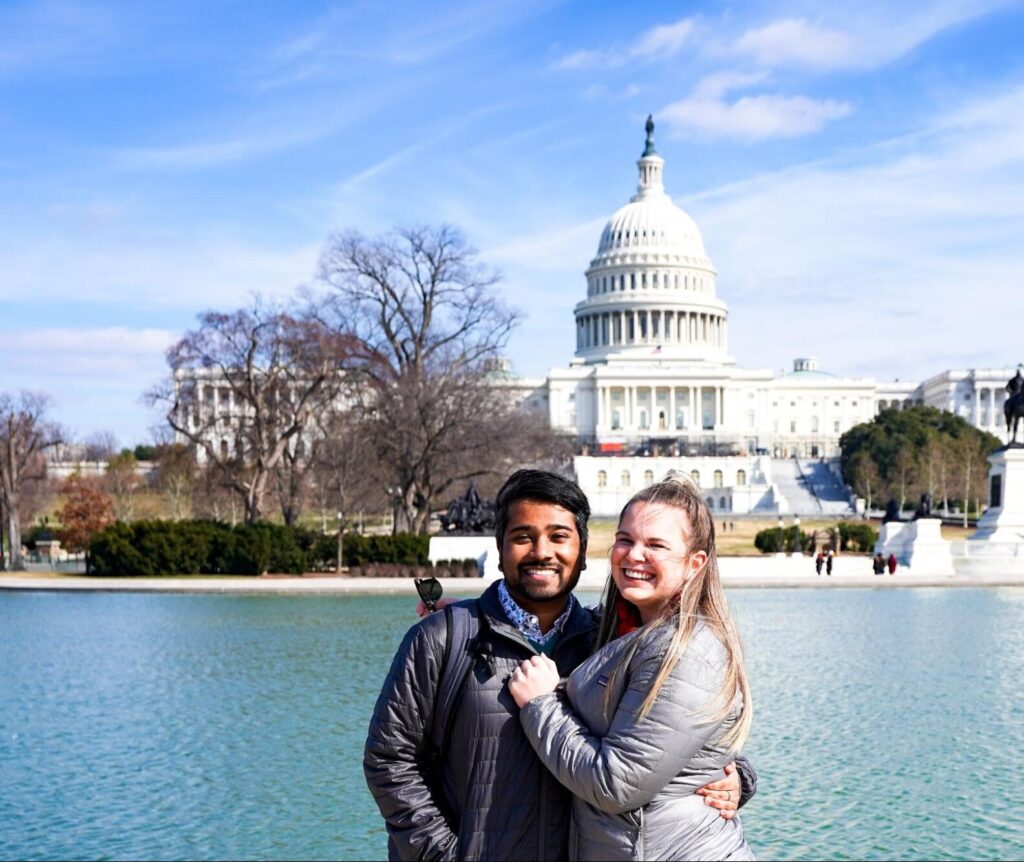
“How were we able to eat so much delicious food while we were in D.C.? Because we basically never spent any money on things to do! All of the Smithsonian museums are huge, amazing, and free. There are so many national museums, government buildings, monuments, and memorials to explore, as well as many free events.”
— Madison Liston Gomes, “Our Favorite Restaurants and Free Activities in Washington, D.C.”
Transportation
Then there are transportation costs, which are 10% higher than average in Washington, D.C.. Owning a car, filling it with gas, buying auto insurance, and paying to park it at work, home, and on the street can run you close to $1,000 per month.
But luckily, most people don’t need their own set of wheels in the District. Thanks to the WMATA (Washington Metropolitan Area Transit Authority), the city’s robust public transportation system, it’s easy to get around by train and bus. And since D.C. is relatively small, you can walk and bike lots of places, too.
Monthly Metro passes range from around $75 to $225. In addition to routes throughout D.C., you can take the bus or light rail to the suburbs and neighboring East Coast cities, including Arlington, Baltimore, Arlington, New York, Boston, and Philadelphia.
The urban hub has rideshare services like Uber and Lyft, along with taxis (though the Metro is by far the most cost-effective option).
Moving to Washington, D.C., with Landing
Landing’s network of fully furnished luxury apartments has arrived at the nation’s capital! From cozy decor and concierge services to everyday essentials and kitchen amenities, our apartments have everything you need to feel right at home. When you browse our furnished apartment rentals in Washington, D.C., you’ll find stellar homes in all the best D.C. neighborhoods, including AdMo, NoMa, and Pentagon City. Book your new home today, or contact us with questions.

